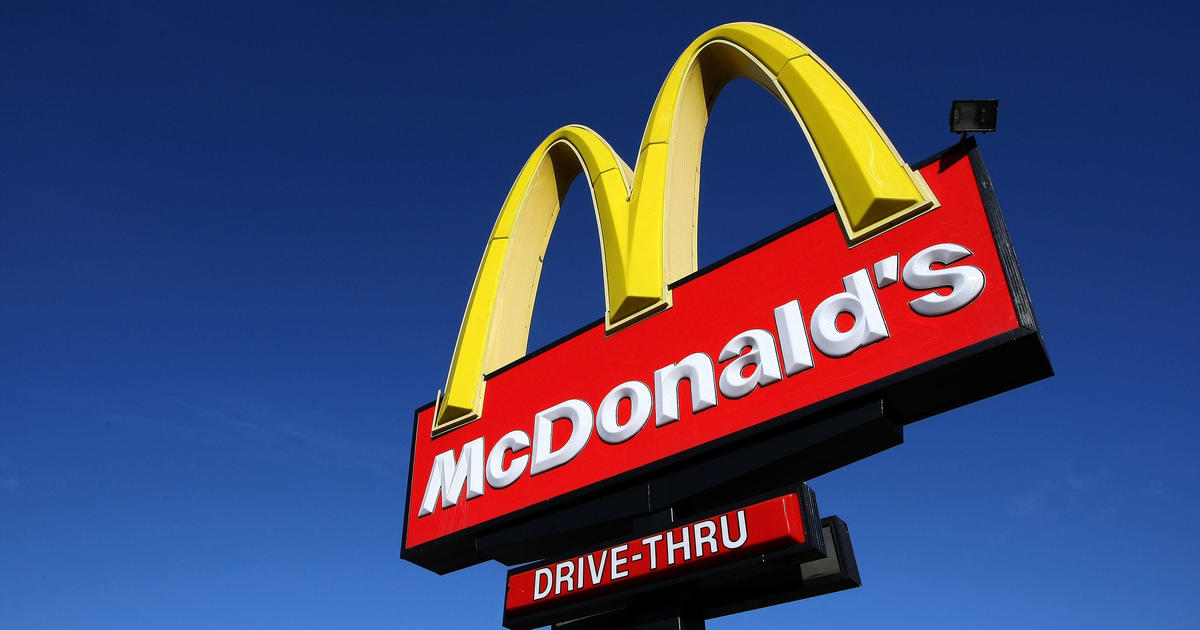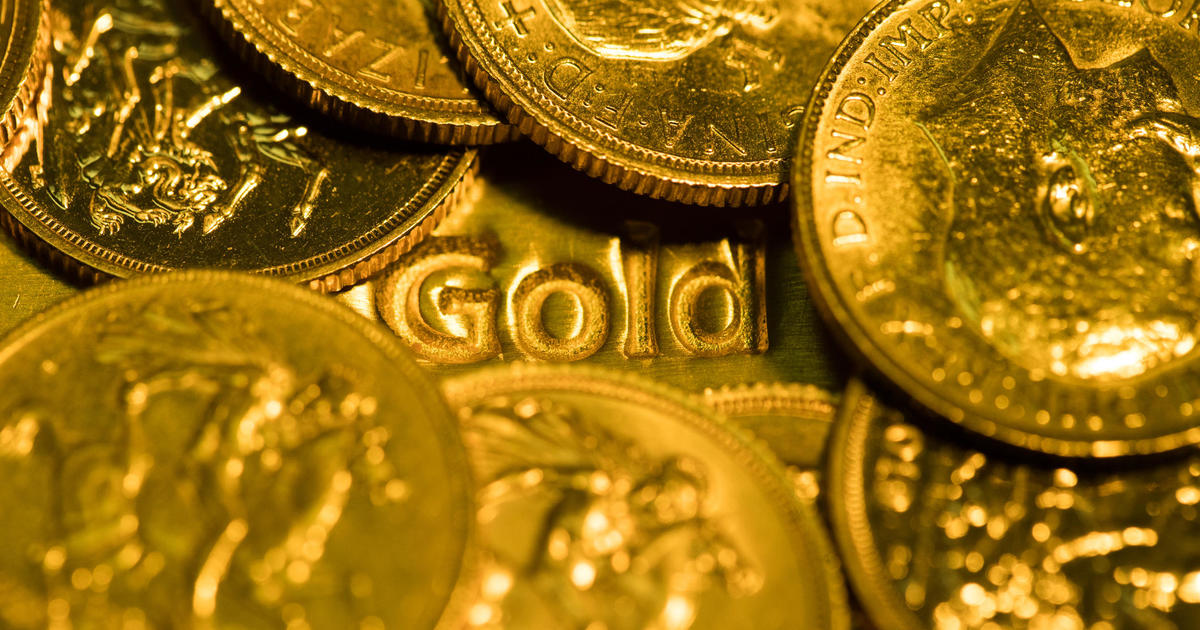For the U.S. economy, this could be as good as it gets
With the nation's GDP on track to grow about 3 percent this year, unemployment at a 40-year low and wages speeding up their climb, many economists say this is ... the beginning of the end.
"[I]t's all downhill from here," Capital Economics wrote in an unusually pessimistic economic outlook recently.
That might seem counterintuitive, with third-quarter GDP clocking in at a 3.5 pace, no hint of trouble in the monthly unemployment reports and consumers spending at a healthy clip. But as midterm elections approach, many market-watchers are saying the current low unemployment, modest inflation and slightly better wage growth represent the best the U.S. has to offer.
In other words: Don't expect the economy to burn any hotter.
"The latest health check-up revealed an ageing but still robust U.S. economy. However, the doctor recommends avoiding any unnecessary exposure to cold headwinds!" said Gregory Daco, chief U.S. economist at Oxford Economics, said in a recent research note. Here's what's driving those chill winds.
Rising interest rates
After two years of steady hikes, the Fed's benchmark interest rate is at its highest level in over 10 years, though still rather low by historic measures. The central bank, which kept rates at rock bottom throughout the Great Recession and the recovery, is now aiming for a "neutral" rate -- one that won't restrict economic growth but won't boost it, either.
But for some parts of the economy, the current rate is already restrictive. Business investment growth, a solid contributor to future GDP, grew at a paltry 0.8 percent in the just-ended quarter, while residential investment, a sector that relies heavily on borrowing, shrank by 4 percent during that period. Housing sales, too, are slowing down.
"Higher rates are now clearly squeezing some of the most rate-sensitive components of spending," Capital Economics wrote in a note. The firm expects GDP growth to slow to 2 percent by next year.
Even though rates are still quite low, the widespread expectation that they'll keep rising could act as a deterrent on businesses.
"The most important piece of economic information that firms use when they're constructing investment plans is the cost of investment. How much does investing cost now, and how much will it cost later," Gary Richardson, a professor of economics at the University of California at Irvine, told CBS News recently.
Tariff-fueled price hikes
The biggest unknown -- and potentially the biggest shock -- comes from the tariffs being imposed by the U.S., China and the European Union. They're a boon to a few companies, such as American steelmakers, while many businesses are already shifting their purchasing patterns, as a report from the Federal Reserve showed last week.
"The way they will roll out is, first you will have objections from employers, which we've heard. Next you'll see the impact to revenue and sales. And only then, you'll see the effect in the [reduced] jobs numbers and finally layoffs," Andrew Chamberlain, chief economist at job site Glassdoor, told MoneyWatch recently. "In the long run, unquestionably, the tariffs will hurt us."
The most recent meeting of the Fed's rate-setting body noted widespread concerns about the effects of tariffs, with those on aluminum and steel blamed for "reducing new investment in the energy sector," the Federal Open Market Committee noted in its minutes. In the Midwest, some businesses "were delaying capital spending decisions until the outcomes of trade negotiations were more clear," the Fed reported, while several parts of the country are dealing with rising costs of materials and shipping.
The Fed's own predictions have U.S. GDP falling to a growth rate of 2.5 percent next year, before slowing to 2 percent. The Federal Reserve Bank of Atlanta, whose forecasts are more bullish than average, estimates GDP in the current quarter growing at 2.6 percent.
Some economists predict a sharper downturn. "For the first time in the last 6 months, we have a negative signal for the US economy. We estimate October economic growth to be noticeably lower than September," said Ajit Agrawal, strategist at UBS, in a recent note.
How's your 401(k)?
Financial markets often smell economic uncertainty before workers and consumers do, and this year has been no exception. After a volatile year and a dismal October, the majority of stocks in the S&P 500 are now down 10 percent or more from their peaks. Since the start of the year, the S&P 500 is down nearly 4 percent, the Dow is down 3.5 percent and the tech-heavy Nasdaq is 1.6 percent lower, as of late-afternoon Monday trading.
Corporate earnings reports over the last few weeks have shown that tariffs are beginning to bite. Ford told investors to expect a $1 billion hit to its profits from steel and aluminum tariffs that were imposed in March, while Caterpillar is forecasting a fourth-quarter loss.
Stock markets tend to be forward-looking, which is why it's not unusual for stock prices to move in a different direction from other economic indicators. A stock sell-off means investors don't believe corporate profits have much room to grow, and they're putting their money elsewhere.
The dreaded yield curve
The world of bonds is also showing signs of possible worry. The yield curve -- a metric many investors watch closely -- is getting into territory that many economists say indicates a recession is ahead.
The yield curve comes from comparing different types of U.S. government debt. U.S. Treasury notes pay a higher rate of interest the longer their term. A 30-year bond will have a higher interest rate than a 10-year note, which has a higher rate than a two-year note. The interest rate on Treasurys is often viewed as a sign of the economy's future potential.
Lately, though, the Fed has been raising short-term interest rates, but long-term rates have been lagging. This shrinking gap is known as a flattening yield curve, and it has tended to precede recessions with regularity. Currently, the gap is at 0.28 percentage points -- just below where it was in 2007 before the Great Recession.
An inverted yield curve, where the difference drops below zero, is a near-certain indicator of a recession. It has preceded every slump in the last 60 years, the San Francisco Fed found, with only a single false warning.
One caveat: The yield curve isn't great at predicting just when a recession will hit, the San Francisco Fed noted. From the time the curve inverts, a recession could come in six months or two years. But this sign is about as close as one can get to a sure thing in the world of economic forecasting.
While the U.S. economy is still resilient, the already-slowing numbers show that "the boost in [capital expenditures] from tax cuts and deregulation was likely front-loaded and fading quickly," as BNP Paribas said in a recent note. It added: "We continue to expect growth to slow from here as the sugar high in consumer spending turns into a sugar low."



